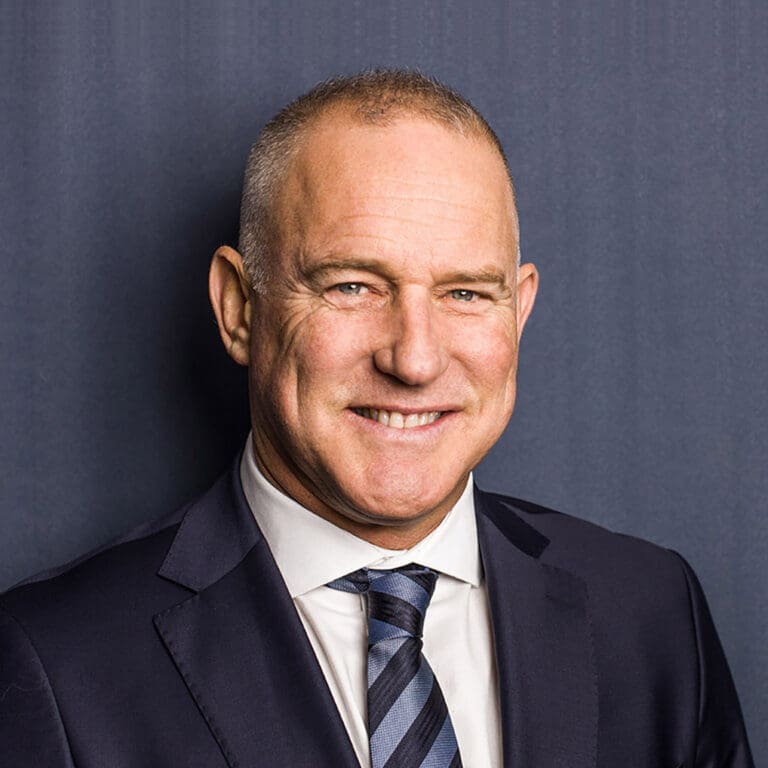Almost 70% of all homeowners in South Africa are women – either buying property on their own or jointly with men – with more opting to do so alone than ever before. Furthermore, among those women applying for home loans, it is buyers under the age of 40 who are leading the charge, says Bradd Bendall, BetterBond’s National Head of Sales.
“BetterBond’s data shows that the percentage of home loan applications submitted by women has climbed from 36% in 2016 to nearly 42% a decade later,” says Bendall. “What’s particularly noteworthy is that younger women lead the way when it comes to applying for a bond.” In 2021, most of BetterBond’s applications from women – around 57% – were for buyers over the age of 40. “Four years later, this trend has reversed and we are seeing a larger portion of applications by women from younger buyers.
“Just over 53% of BetterBond’s women applicants are younger than 40, compared with the almost 47% who fall within the older cohort.” We are seeing the inverse with our male applicants, where buyers older than 40 still account for the lion’s share of application volumes at just over 54%, adds Bendall.
““It’s evident that women are choosing to prioritise their financial independence from a younger age. Economic empowerment has eclipsed the traditional notion of waiting for a spouse before investing in the home and white picket fence,” notes Bendall. “This is why we are seeing such a marked increase in homeownership by women on their own, or jointly with men, while the ownership of property by men only, as reported by Lightstone, has remained static at 31%.”
According to Lightstone, out of approximately 200 000 residential property transactions over the past year, 140 000 were made by sole buyers. Of those, 75 000 were women purchasing on their own, while another 60 000 transactions involved women buying jointly with male partners. Since 2014, home ownership by solo women (meaning those who are the sole registered owners of the property regardless of their marital status), has increased from 30% to 39% in 2025. Mixed couple homeownership, in contrast, has dropped nine percent to 30%.
Solo women buying trends

The broader household landscape provides some insight into the growing trend of solo home ownership. There has been a 2.4% increase in the proportion of women-headed households in 2024,, up from the 40% reported in the 2023 General Household Survey. Property is increasingly viewed by women as a long-term investment for themselves and their families, explains Bendall. “Women often have to take control of their family’s financial planning and security, and this tends to involve homeownership.” Similar trends are playing out across other purchases and industries, with industry commentators noting that more women than men are buying new cars. In 2023, BetterBond’s data revealed that solo women outpaced solo men in securing home loans—a pattern expected to strengthen further if interest rates drop.
With many women no longer waiting for a marriage or a career milestone to purchase property, their activity is particularly strong in entry-level price bands. Lightstone reports that single women far outnumber men as buyers in the under-R250 000 market. This dominance continues through properties priced up to R1 million. At a recent Women’s Day event, Women, Youth and Persons with Disabilities Minister, Sindisiwe Chikunga, said women still face barriers in accessing finance and property. She added that generally, because of entrenched pay disparities, women tend to earn less and own fewer assets. South Africa ranks 111th globally in terms of salary parity for similar work, according to the Gender Gap Report 2025. However, the report does highlight the efforts being made to level the playing fields in the property market, noting that men and women have “near-equal” access to land assets.
Given that disparities still persist, Lightstone notes more solo women than men rely on subsidised housing. Of the properties transferred to women as single owners, 26% were as RDP, BNG, or other government-funded housing compared with 21% for sole men buyers and 17% for combined male and female buyers. “However, there are ways for women to access the property market. By buying below the R1.21 million transfer duty threshold, they will be exempt from paying transfer duty costs. This means a significant saving when it comes to calculating the cost of buying a property.” Investing in a property in a new development where transfer duties are not applicable is also a good option for women buyers. Many of the larger banks also offer a range of loan products that include home loans for as much as 110% for young professionals who meet certain criteria. This would make it possible to buy a home without first having to wait to save for a deposit, explains Bendall.
Women buyers tend to favour properties or developments that offer secure living, and solo women buyers account for the lion’s share of sectional title sales, at 37%, notes Lightstone. Those who can, also seek homes in estates with controlled access. Lightstone reports that solo women buyers account for almost 12% of freehold home sales within estates, spending on average nearly R2.2 million for these homes. Just over 4% of the buyers of sectional title sales in estates are women. On average, they spend around R1.5 million for these lock-up-and-go properties within a safe environment.
It’s evident that women are no longer a growing force in the property market; they are the driving force, concludes Bendall. “They are taking ownership of their financial futures through property. Women are not just buying homes – they are reshaping the market.”

